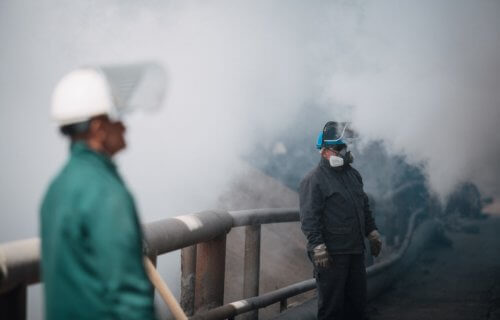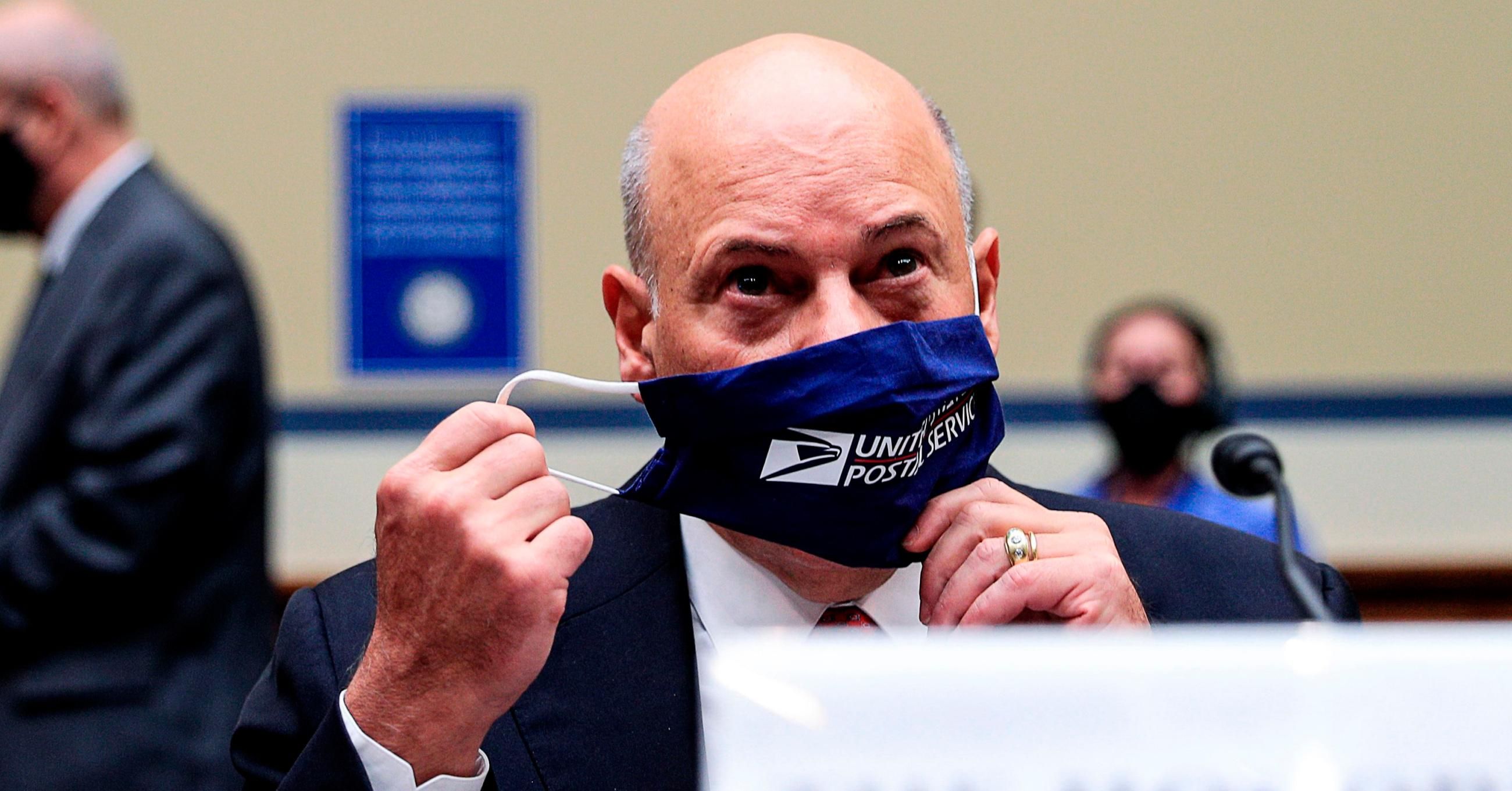 (
(© trac1 - stock.adobe.com)
DECEMBER 9, 2021
DECEMBER 9, 2021
by John Anderer
VANCOUVER, British Columbia — Canada removed all restrictions on mifepristone, an abortion pill considered the “gold standard” drug for medical abortion on a global scale, in 2017. Now, researchers from the University of British Columbia report that wide access to the pill resulted in absolutely no increase in abortion-related health complications.
The team analyzed government health data pertaining to 315,000 abortions taking place in Ontario between 2012 and 2020 for this project.
“Complications were already very rare, and we found that abortion continued to be safe and effective when mifepristone was prescribed without restrictions,” says lead study author Dr. Laura Schummers, a postdoctoral fellow in UBC’s department of family practice, in a university release. “This is the strongest evidence yet that it is safe to provide the abortion pill like most other prescriptions—meaning any doctor or nurse practitioner can prescribe, any pharmacist can dispense, and patients can take the pills if, when and where they choose.”
VANCOUVER, British Columbia — Canada removed all restrictions on mifepristone, an abortion pill considered the “gold standard” drug for medical abortion on a global scale, in 2017. Now, researchers from the University of British Columbia report that wide access to the pill resulted in absolutely no increase in abortion-related health complications.
The team analyzed government health data pertaining to 315,000 abortions taking place in Ontario between 2012 and 2020 for this project.
“Complications were already very rare, and we found that abortion continued to be safe and effective when mifepristone was prescribed without restrictions,” says lead study author Dr. Laura Schummers, a postdoctoral fellow in UBC’s department of family practice, in a university release. “This is the strongest evidence yet that it is safe to provide the abortion pill like most other prescriptions—meaning any doctor or nurse practitioner can prescribe, any pharmacist can dispense, and patients can take the pills if, when and where they choose.”
Major abortion shift after policy change
Canada was the first country to remove any and all supplemental restrictions on both dispensing and administering mifepristone. Prior to November 2017, Canadians wanting to use mifepristone could only do so under a doctor’s direct supervision. The drug was also unavailable in pharmacies and only specially trained physicians could administer it to patients. Most countries, including the United States, still restrict access to mifepristone in a similar manner.
“Our study is a signal to other countries that restrictions are not necessary to ensure patient safety,” says Professor Wendy Norman, the study’s senior author and professor in UBC’s department of family practice. “There is no scientific justification for mifepristone restrictions, which only make it harder for people to access the care they need. Canada’s experience offers a roadmap for other countries on how to safely improve access to family planning services.”
The research also shows that more women chose to use mifepristone when having an abortion instead of opting for an abortion surgery once Canada lifted its restrictions. Prior to mifepristone becoming widely available, only 2.2 percent of Canadian abortions involved medication. Once the rules changed, that percentage jumped to 31.4 percent within two years.
Does this mean abortions are increasing in Canada?
Importantly, however, the overall Canadian abortion rate has continued to decline since 2017, dropping from 11.9 to 11.3 abortions per 1,000 female residents between 15 and 49 years-old. So, these changes in mifepristone access haven’t led to more abortions in general, just less surgeries.
“We saw that patients and their health care providers rapidly began choosing medical abortion, which can sometimes be preferred over surgical methods by offering care closer to home and earlier in pregnancy,” notes study co-author Dr. Sheila Dunn, a scientist and family physician at Women’s College Hospital in Toronto. “As other studies have shown, making abortion more accessible does not increase the number of people seeking abortion. We found that abortion rates continued to decrease after mifepristone’s availability as a normal prescription.”
Study authors are confident they’ve produced an accurate picture of mifepristone abortion health outcomes and safety.
“We were able to complete a robust safety profile for the entire province by linking together health records from all practitioner visits, hospital visits and outpatient prescriptions,” concludes study co-author Dr. Elizabeth Darling, assistant dean of midwifery and associate professor at McMaster University and an ICES scientist. “This paints the most comprehensive picture of abortion safety to date, capturing any setting where a complication would present. It demonstrates very clearly that restrictions on the abortion pill are not necessary for safety.”
The study is published in the New England Journal of Medicine.
Germany moves to scrap ban on 'advertising' abortions

File---In this picture taken Dec.9, 2021 Marco Buschmann, Federal Minister of Justice, gives a statement at the BMJV in Berlin, Germany. (Thomas Trutschel/dpa via AP, file
Wed, December 22, 2021
BERLIN (AP) — Germany's justice minister says he will present legislation next month to remove from the country's criminal code a ban on doctors “advertising” abortions, one of several more liberal social policies that the new government plans.
The three parties that form Chancellor Olaf Scholz 's government have long opposed the current rules, but they were defended by the center-right Union bloc of ex-Chancellor Angela Merkel, which is now in opposition.
Justice Minister Marco Buschmann said in comments to the Funke newspaper group published Wednesday that there is a “huge reform backlog” on social policy. He said the first step will be to scrap a paragraph in Germany's criminal code that bans “advertising” abortions, and which carries a fine or a prison sentence of up to two years.
Under a compromise in 2019, Merkel's government left the ban formally in place but allowed doctors and hospitals for the first time to say on their websites that they perform abortions. They were not, however, allowed to give more detailed information.
Buschmann said the so-called paragraph 219a constitutes a “penal risk” for doctors performing legal abortions who give factual information on the internet, and that is “absurd.”
“Many women who wrestle with themselves on the question of an abortion look for advice on the internet,” he said. “It cannot be that, of all people, the doctors who are professionally best qualified to inform them aren't allowed to provide information there.”
Other changes to social policy planned by the new governing coalition of Scholz's center-left Social Democrats, the Greens and Buschmann's Free Democrats include scrapping a 40-year-old law that requires transsexual people to get a psychological assessment and a court decision before officially changing gender, a process that often involves intimate questions.
The coalition has pledged to replace that with a new “self-determination law.”

File---In this picture taken Dec.9, 2021 Marco Buschmann, Federal Minister of Justice, gives a statement at the BMJV in Berlin, Germany. (Thomas Trutschel/dpa via AP, file
Wed, December 22, 2021
BERLIN (AP) — Germany's justice minister says he will present legislation next month to remove from the country's criminal code a ban on doctors “advertising” abortions, one of several more liberal social policies that the new government plans.
The three parties that form Chancellor Olaf Scholz 's government have long opposed the current rules, but they were defended by the center-right Union bloc of ex-Chancellor Angela Merkel, which is now in opposition.
Justice Minister Marco Buschmann said in comments to the Funke newspaper group published Wednesday that there is a “huge reform backlog” on social policy. He said the first step will be to scrap a paragraph in Germany's criminal code that bans “advertising” abortions, and which carries a fine or a prison sentence of up to two years.
Under a compromise in 2019, Merkel's government left the ban formally in place but allowed doctors and hospitals for the first time to say on their websites that they perform abortions. They were not, however, allowed to give more detailed information.
Buschmann said the so-called paragraph 219a constitutes a “penal risk” for doctors performing legal abortions who give factual information on the internet, and that is “absurd.”
“Many women who wrestle with themselves on the question of an abortion look for advice on the internet,” he said. “It cannot be that, of all people, the doctors who are professionally best qualified to inform them aren't allowed to provide information there.”
Other changes to social policy planned by the new governing coalition of Scholz's center-left Social Democrats, the Greens and Buschmann's Free Democrats include scrapping a 40-year-old law that requires transsexual people to get a psychological assessment and a court decision before officially changing gender, a process that often involves intimate questions.
The coalition has pledged to replace that with a new “self-determination law.”












